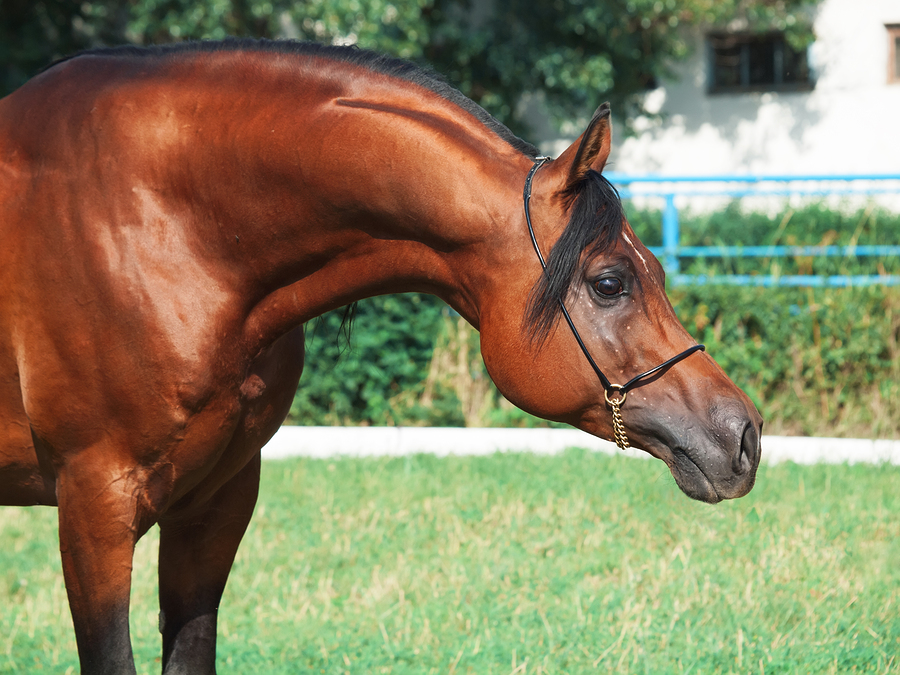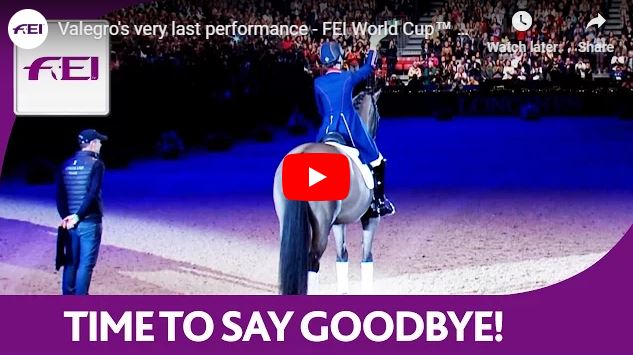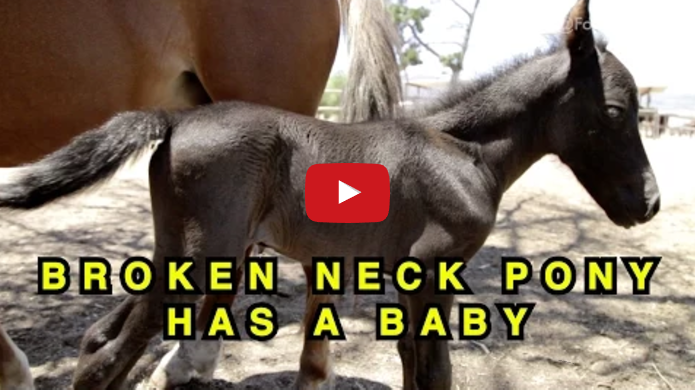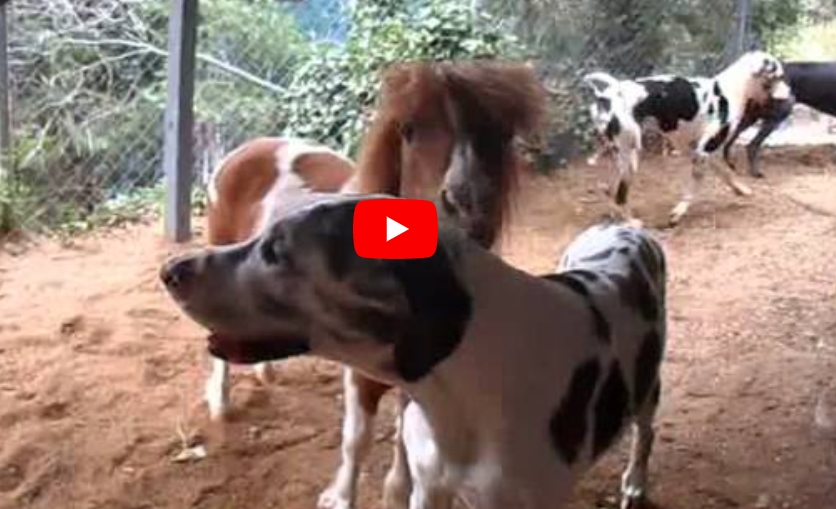7 Alternative Medicine Options For Your Equine Partner
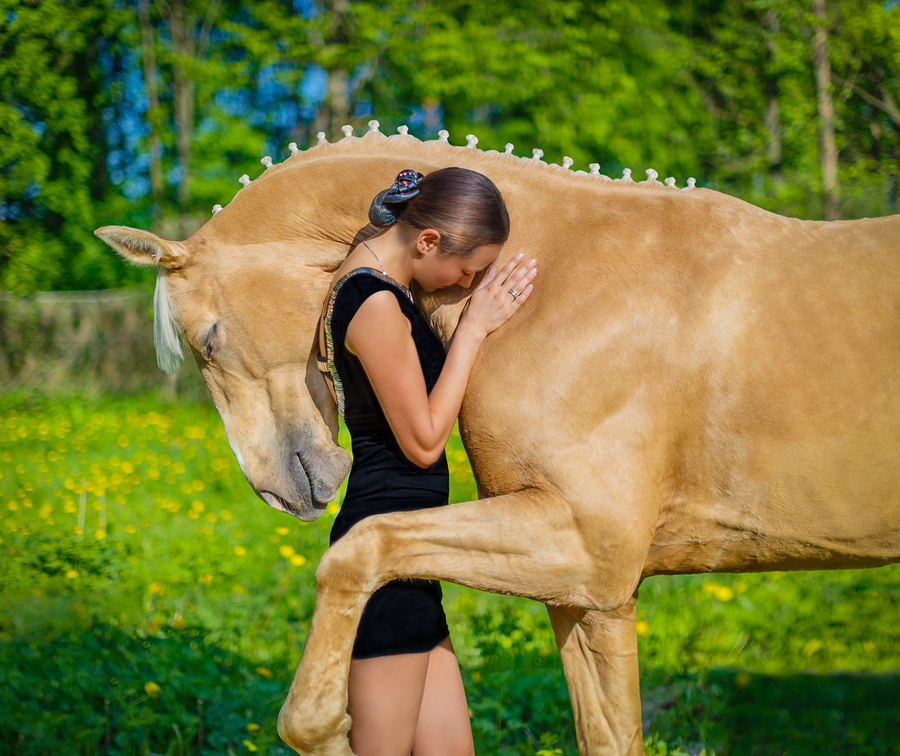
 Happy, Healthy, Holistic Horse – Complementary Medicine Options for your Equine Partner
Happy, Healthy, Holistic Horse – Complementary Medicine Options for your Equine Partner
Complementary or alternative medicine options have been around as long (or in many cases, longer) as what is generally thought of as traditional veterinary medicine. These options work well in complementing traditional medical practices for use in healing injuries as well as injury prevention and maintenance of optimal performance for our equine athletes.
Acupuncture
This therapy is performed by placing tiny needles at specific locations on the horse’s body. The locations are chosen depending on the specific issues being addressed. The locations utilized in this therapy are rich in nerve endings and/or blood vessels. By placing the needle in this location, neurotransmitters and other factors are released starting a series of cascades leading to the therapeutic effect. This therapy is commonly used to treat issues of the muscular system but has also been noted in the treatment of allergy issues to control symptoms and improve response to medications.
~Thinking Point: We commonly think of the equine muscular system as it relates to performance but the system extends much deeper than just the skeletal muscles. The uterus utilizes muscles to perform contractions to clear itself out which can be a factor in mare fertility or the intestinal tract utilizes muscles to move food through the digestive tract but these muscle can spasm during some cases of colic.
Chiropractic
Chiropractic treatments focus on adjusting the skeletal system to restore proper alignment. This is done through the practitioner performing an examination to determine which joints or vertebrae are out of proper alignment then physical manipulations to restore the bones to proper alignment. This therapy is commonly used to treat issues that present with visible asymmetry such as head tilting, carrying the tail to one side, and traveling crooked.
~ Thinking Point: You may hear the term subluxation used which refers to any change in alignment. A subluxation does not only affect the misaligned skeletal system but also the organs and soft tissues due to disruptions in the flow of blood and nerve supply.
Massage / Body Work
Similar to chiropractic work, massage therapy or body work utilizes manipulations however; this treatment focuses manipulation of the muscles rather than the bones as seen in chiropractic work. The purpose of this therapy is to increase range of motion, improve circulation, and decrease muscle spasms. The locations utilized in acupuncture are also common points of focus in this form of therapy. The term body work is commonly used because in addition to massage techniques many practitioners utilize other muscle exercises such as stretches in their sessions.
~ Thinking Point: There are some massage and stretching exercises these practitioners can teach owners to do between sessions to help maintain the benefits between sessions. Be sure to pay close attention and practice with the professional while they are there to ensure you are able to perform these exercises properly and safely.
Healing Touch
Healing Touch is energy therapy with the focus to balance the energy system placing the horse in a position of physical, mental, and emotional stability which promotes self-healing. The energy system referred to above is defined as the patient’s energy field and the energy field that surrounds the body. This form of therapy is non-invasive and has a variety of applications from support through injury and illness, stress and anxiety relief, and confidence development.
~ Thinking Point: This therapy is noted to be incredibly useful on previously abused or naturally anxious horses prior to training, performance, or other stressful situations. Training classes for this therapy are available to anyone who wishes to attend and can focus on either human or animal treatment.
Osteopathy / CranioSacral Therapy
Osteopathic medicine is focused on looking at the patient as a whole and using the body’s natural ability to heal itself. The main difference most people notice with osteopathic medicine versus traditional medicine is the utilization of manipulation techniques to address specific issues. The manipulations performed are done so to mobilize the body’s innate ability defend and correct. CranioSacral Therapy utilizes similar techniques to release constriction in the craniosacral system to increase central nervous system function which complements the body’s natural healing processes and defenses. These therapies work well hand-in-hand and are commonly utilized in conjunction with one another for that reason.
~Thinking Point: In many cases one issue can cause others to develop as the horse compensates. The whole body approach to this form of medicine can be incredibly effective in horses with issues or injuries that do not stem from one singular event or issues in which compensation has occurred. Further, the body functions as a result of signals sent from the brain (central nervous system) to areas of the body to dictate functions that location is to perform. Without a properly functioning central nervous system, the rest of the body cannot operate at an optimal level.
Rolfing
Rolfing can in some ways be thought of as the middle therapy between massage and chiropractic work. This therapy focuses on the body tissues (like massage) to realign the body structure (like chiropractic). Practitioners focus on the body tissues that attach to and pull on bones and joints. The concept is to provide release to these tissues which allows the body to realign itself.
~Thinking Point: Because the therapy focuses specifically on the tension of body tissues, horses on muscle relaxants or pain relievers are not good candidates for this type of treatment as these medications can alter the tension in the tissues being worked on presenting a skewed view for the practitioner and risking injury for the horse.
Laser Therapy
When someone says laser, most people think of the surgical lasers or the animated lasers seen in movies that are able to burn, cut, or destroy tissue. However, used at low power lasers can be used to alter the function of cells without heat or tissue destruction. This therapy can be helpful in conditions involving joints, nerves, and soft tissue to relieve pain, reduce inflammation, and promote healing. There are specific wavelengths and time that should be used to deliver the optimal dose of therapy depending on multiple factors such as depth of the target area, tissue density, even coat thickness and color (dark coats absorb light energy) however; side effects and risk of over treatment are essentially nonexistent.
~ Thinking Point: Laser actually is an acronym for ‘light amplification by simulated emission of radiation’. Biostimulation is the term used to describe the action of the low powered laser. Photobiomodulation is the term used to describe the action occurring at the cellular level by the laser.
Complementary medicine can be a wonderful tool to heal, protect, and prevent injury. By its nature, these therapies lends themselves to be easily and effectively used with traditional medical techniques to ensure safe use and the greatest benefit. If you are considering utilizing any of the therapies discussed above, it is important to discuss this with your veterinarian to ensure the therapy chosen is appropriate for the issue or injury you are working to address as well as to find a reputable and skilled practitioner to perform the treatments.
Written By, Mackenzie Renz. Share this on Facebook if you know of a horse who could benefit from these treatments!

